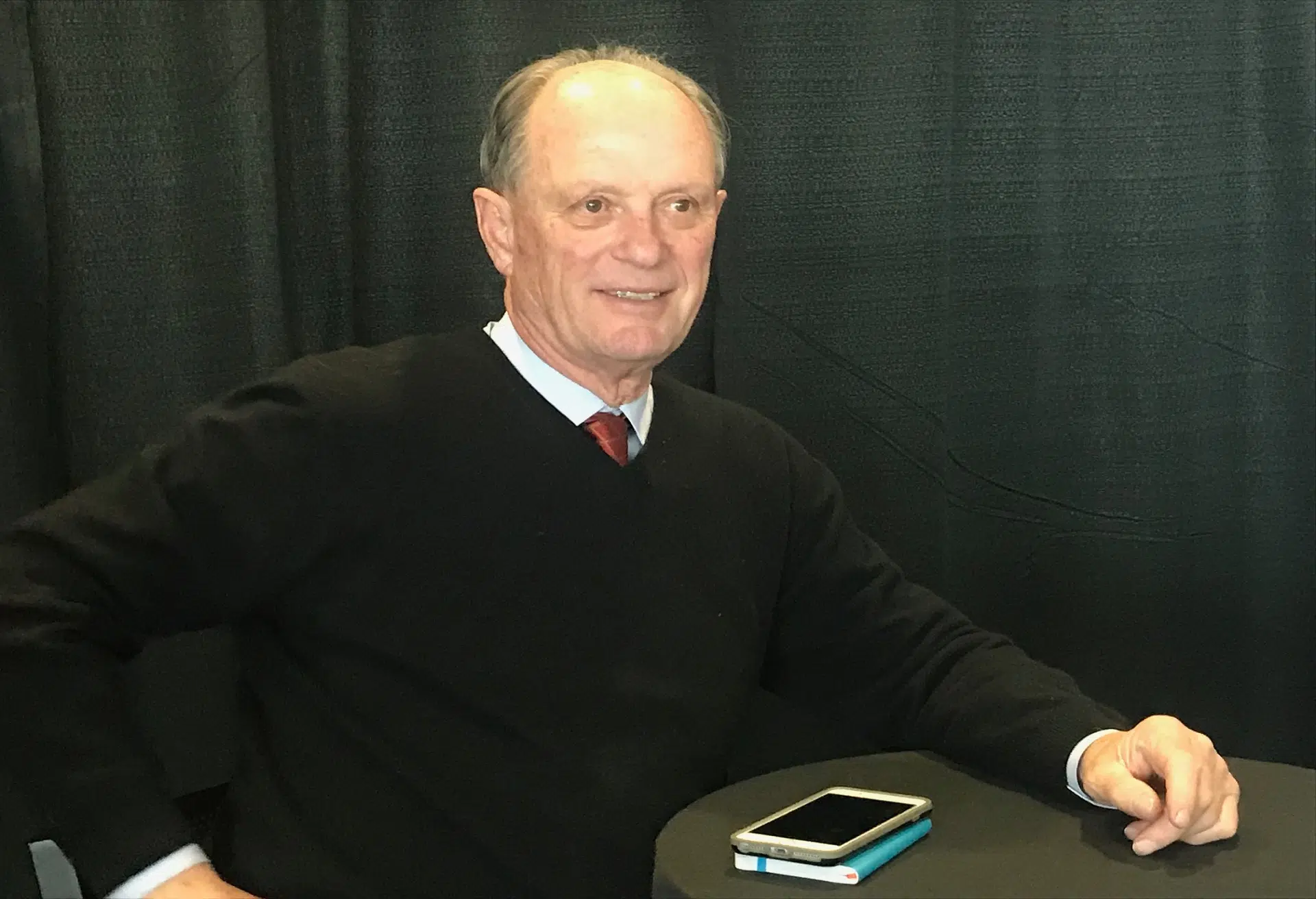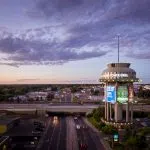
Titanic revelations from Dr. Robert Ballard at Lethbridge’s “Greatness in Leadership” conference
LETHBRIDGE – Much of what we all know about the discovery of the Titanic didn’t happen the way the world has been led to believe.
Speaking at Thursday’s (Mar. 22) “Greatness in Leadership” Conference in Lethbridge, Dr. Robert Ballard, who is credited with discovering the “unsinkable” ship in 1985, told reporters information surrounding arguably the most famous ship wreck of all time has recently been declassified, and will be featured in an upcoming National Geographic exhibit.
Ballard says he was actually on a military mission as a naval intelligence commander in the north Atlantic in the mid 1980’s during the height of the Cold War. Their mission was to find two submarines that had gone missing.
“So, I had a secret mission to do. Cause we’d lost two submarines….one we knew why, and one we didn’t know why. And we didn’t know if it was foul play, we just lost a submarine with all hands.”


